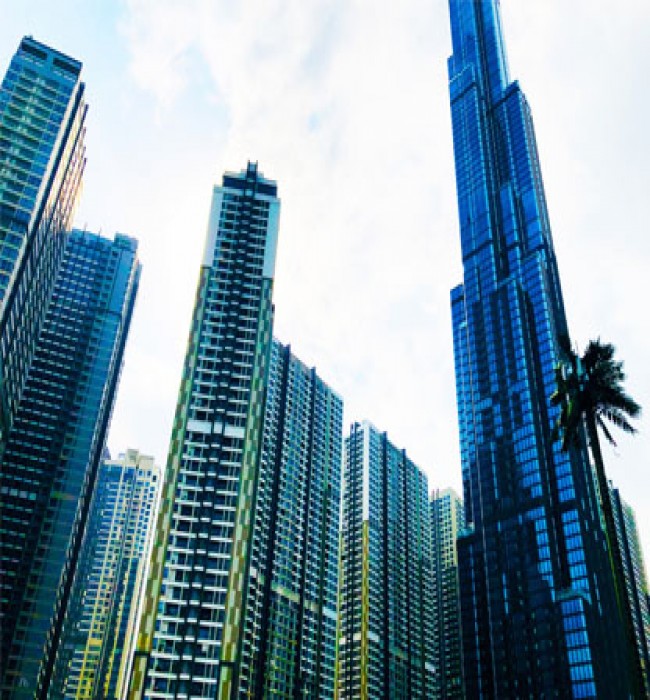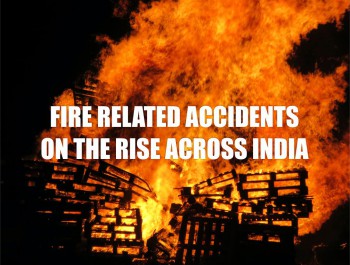
Blog
Fire safety in high rise buildings - Some thumb rules and useful tips
High-rise buildings present several unique challenges that are not common to smaller buildings; longer egress times and distance, evacuation strategies, fire department accessibility, smoke movement and fire control.
When we talk of fire safety, fire control or whatever we may choose to call it, we actually speak of post and pre emergency situations in the same breath. Pre emergency or in normalcy, the thumb rules for both normal and high rises would be:
• Fire extinguishers in place with glow signs to make the location of the instrument visible in fire or smoke conditions
• Training to all inmates about use of the instrument and instructions written clearly by its side as to correct and effective use.
• Photoluminescent signages, route markers and emergency lighting facilities at hand.
• First aid kits, uncluttered emergency exits, fire alarms ready and available 24x7
• And most importantly, regular checking, upgrading, repairing and replacing all of the above from time to time as per need so that at no time should the premises be caught napping.
People living in an apartment building need to think ahead and be prepared in the event of a fire. It is important to know the fire safety features in your building and work together with neighbors to help keep the building as fire-safe as possible.
• Know the plan
Make sure that you're familiar with your building's evacuation plan, which should illustrate what residents are supposed to do in the event of an emergency. The evacuation plan should be posted in places where all residents can see and review it, and the building management should hold a fire drill with occupants at least once a year. Most states also require that buildings periodically test their fire safety systems as well. Be sure to participate when your building drills take place. When looking for an apartment or high-rise home, look for one with an automatic sprinkler system. Sprinklers can extinguish a home fire in less time that it takes for the fire department to arrive.
• Practice is key
Whether your building has one floor or 50, it's essential that you and your family are prepared to respond to a fire alarm. Identify all of the exits in your building and if you are using an escape planning grid, mark them on your escape plan. Make sure to mark the various stairways too, in case one is blocked by fire.
• Never use the elevator
In case of fire, always use the stairs to get out, never the elevator. Make sure to practice using the stairs as part of your escape plan. If someone in your family has difficulty climbing down steps, make sure to incorporate a contingency for this into your plan.
• Stay low
Smoke from a fire is toxic and deadly no matter what kind of structure you live in. When you hold your fire drill, everyone in the family should practice getting low and going under the smoke to the exit. In the event of a fire, if both stairwells are filled with smoke, stay in your apartment and wait for the firefighters.
• Seal yourself in for safety
If you can't exit an apartment building due to smoke or fire in the hallway, call the fire department to report your exact location and gather in a room with a window to await their arrival. Close all doors between you and the fire. Use duct tape or towels to create a seal around the door and over air vents in order to keep smoke from coming in.
• Stay by the window
If possible, you should open your windows at the top and the bottom so fresh air can get in. Don't break the window - if smoke enters the room from outside the building, you won't be able to protect yourself.
• Signal to firefighters
Wave a flashlight or light colored cloth at the window to let the fire department know where you are located.
Email : sales@prolite.in





